Restoration Projects
To know where we need to go we first must understand where we came from.
What we do
Ngā Puna Rau o Rangitīkei through the Te Mana o Te Wai and Jobs for Nature Funds, have delivered a comprehensive programme of environmental work, including native tree planting and riparian enhancement work throughout the catchment, while developming the cultural monitoring framework for the Awa. The framework utilises Mātauranga Māori and western science, and development of a long‐term management Strategy and Action Plan for the Awa and its catchment.
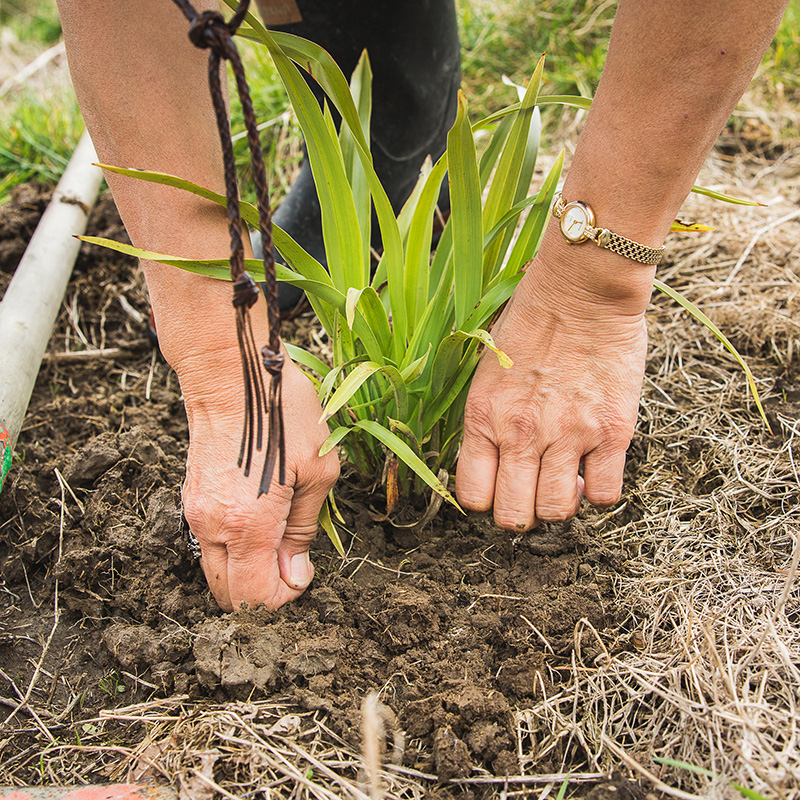

In 2021, the iwi of Ngā Puna Rau o Rangitīkei also established a stand‐alone planting and fencing business to deliver riparian enhancement work throughout the catchment. Rangitīkei Environmental Operations (REO) Limited has helped to install over 85kms of fencing throughout the catchment and has planted over 366,000 native plants.
Whānau planting day
One of our key goals is to bring whānau together to improve the health of our Awa. In this video, you’ll hear from Kurt Ball, Robert Martin, and Dianne Saunders from Nga Puna Rau o Rangitikei. They discuss how crucial it is to foster whanaungatanga and to inspire our tamariki and rangatahi. The video highlights how working together as a community and encouraging the younger generation plays a big role in taking care of our waterways and ensuring a brighter future for everyone.
Mahi on the Hautapu Awa
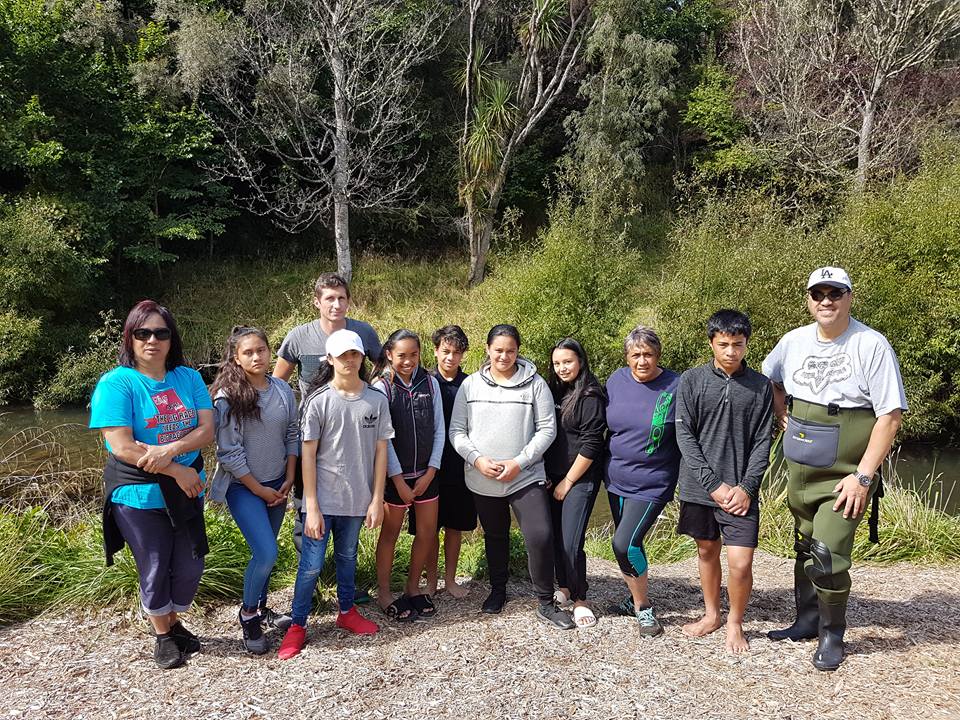
Whakahokia te Mauri o Oporoa
Whakahokia te mauri o Oporoa celebrates the commitment of Rangitīkei iwi to enhancing the life force and ecological health of Lake Oporoa. Ngāti Hauiti kaumātua Neville Lomax draws upon oral history in recounting the journey taken by Matangi – an early Māori explorer who traversed and named places in the Rangitīkei. Following the flightpath of a huge flock of tūī, Matangi came upon Lake Oporoa – located close to the Rangitīkei River. Nga Puna Rau has partnered with Lakes380 in this project, Learn more at the link below.
Pourewa Stream
plants offloaded by local farmers
plants contributed by DOC
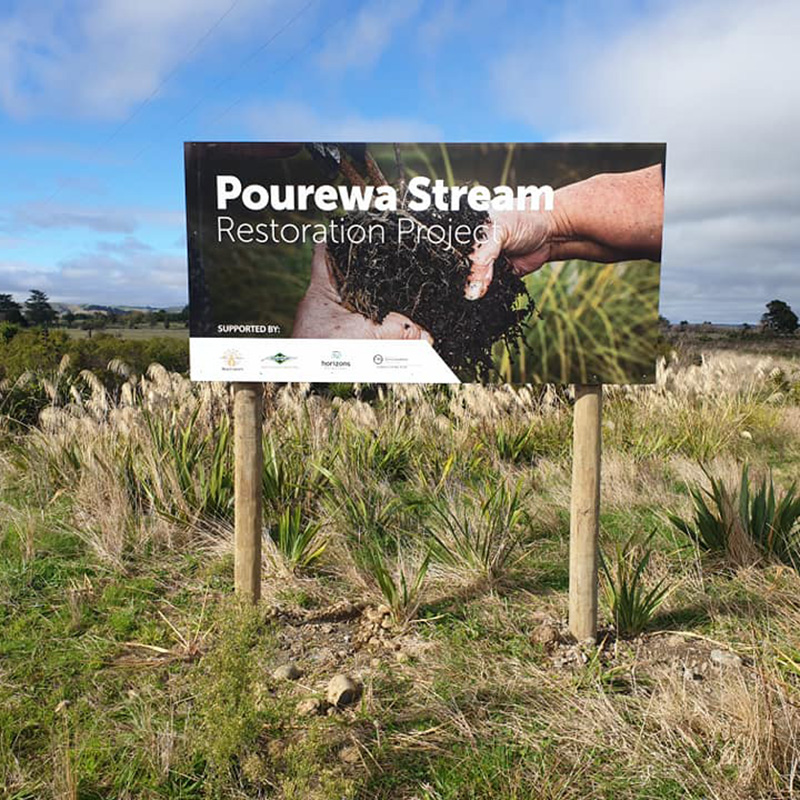
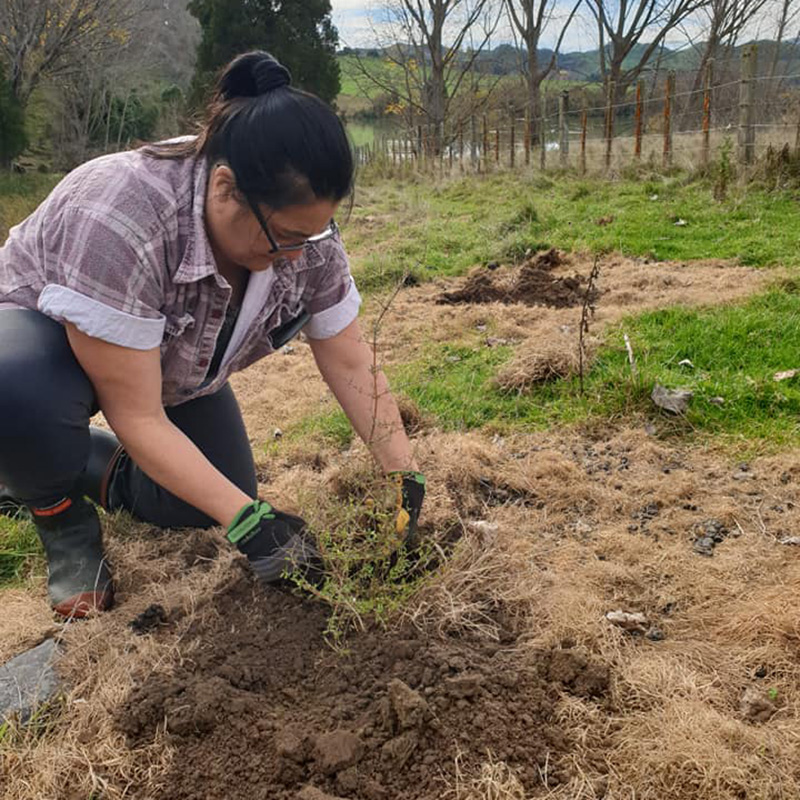
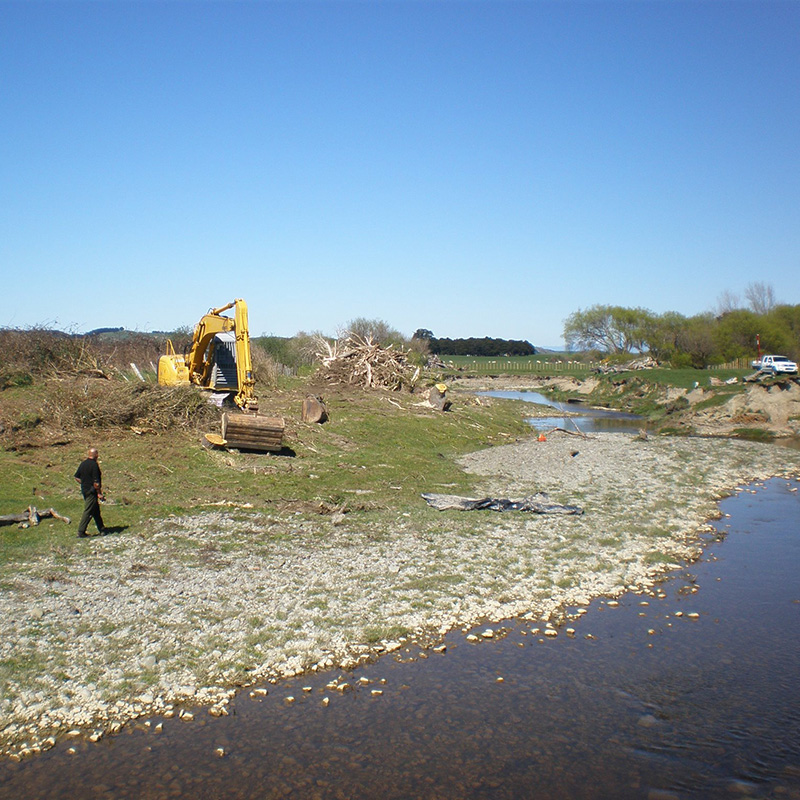

Paharakeke Stream
Moawhango Kura helping restore waterways
Exciting things are happening in Moawhango as major restoration projects get underway for both the Pāharakeke Stream and the Moawhango River. These efforts are a testament to the hard work and commitment of the Moawhango School children, local Iwi, and the community, who are all playing a crucial role in leading these initiatives. Their dedication is truly commendable and reflects a strong community spirit focused on revitalizing and preserving these vital water sources. As the restoration projects progress, it’s clear that their collaborative efforts will have a lasting impact on the health and sustainability of the Pāharakeke Stream and Moawhango River.
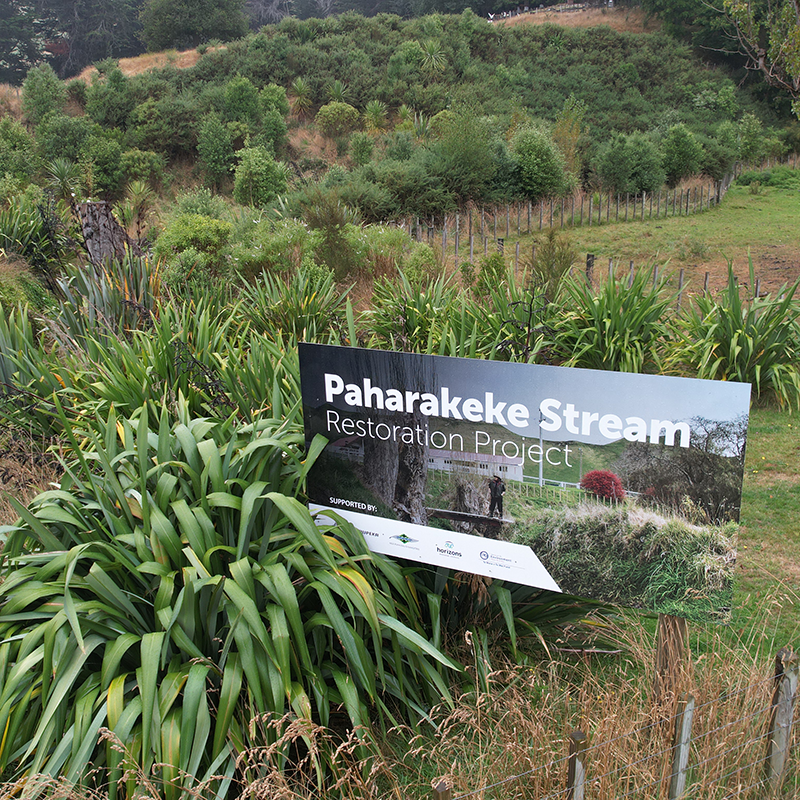
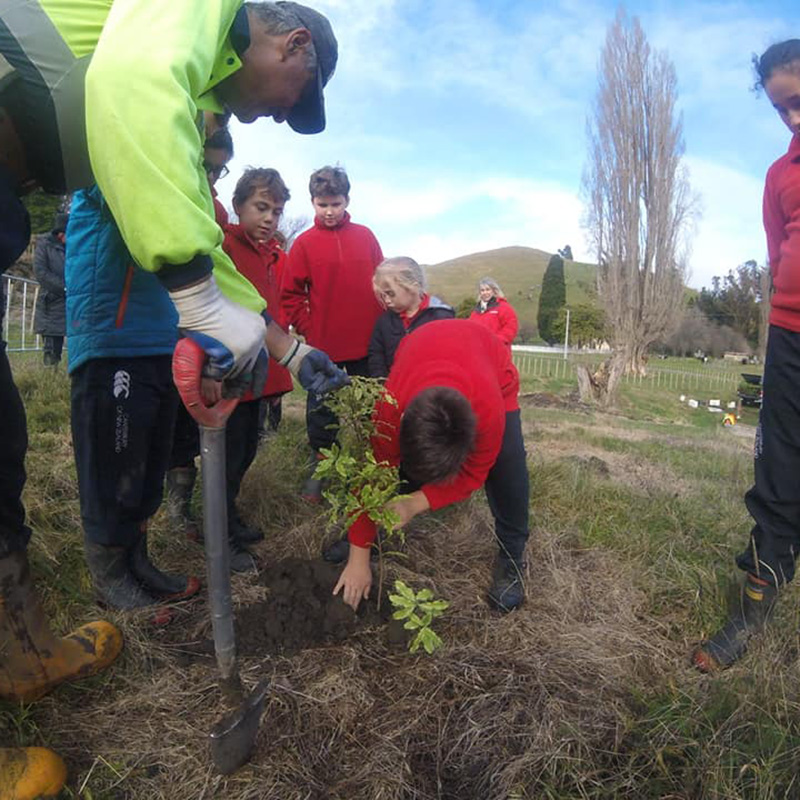
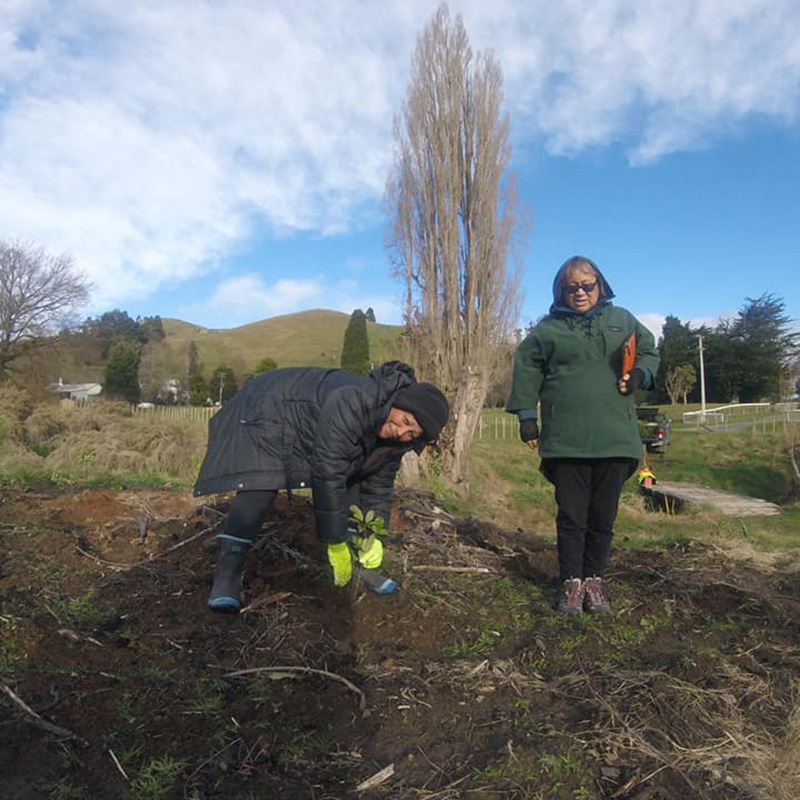
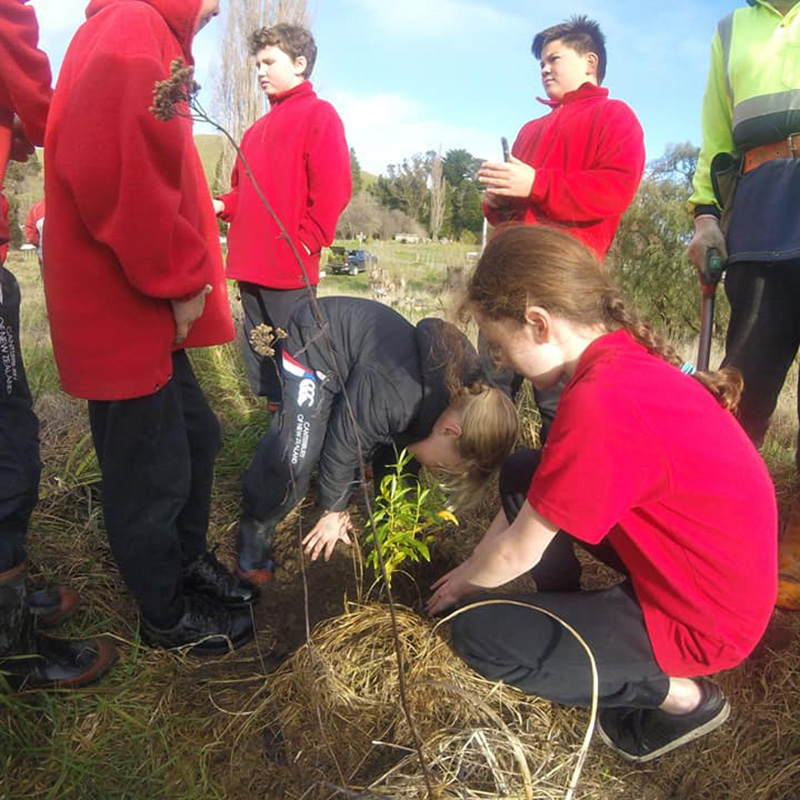
Stakeholders and Partners






Funders I

